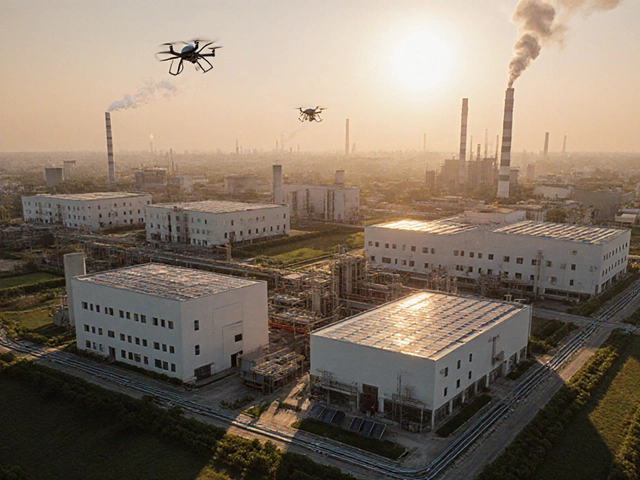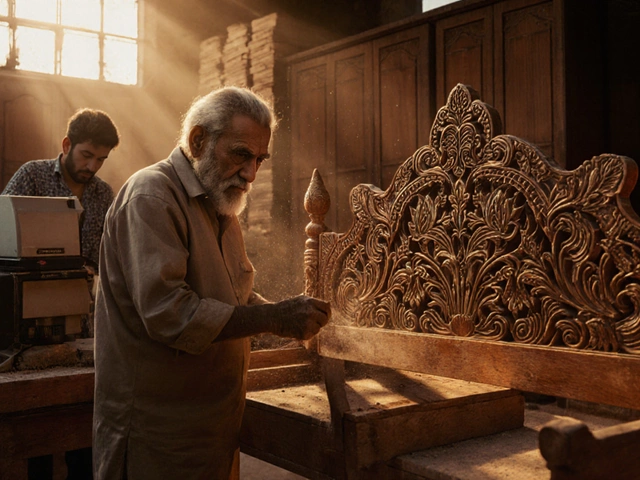Carnegie Steel Company: Legacy, Innovation, and Today’s Steel Landscape
When talking about Carnegie Steel Company, the pioneering American steelmaker that defined large‑scale steelmaking in the late 19th century. It’s also known as Carnegie Steel, a name still echoed in modern steel circles for its breakthroughs in blast‑furnace technology and vertical integration. Understanding this legacy helps you see why Carnegie Steel Company still influences every steel mill, from raw‑material sourcing to final product testing.
Why Carnegie Steel Matters Today
At its core, Steel Production, the process of turning iron ore, coal, and scrap into high‑strength steel follows principles first refined by Carnegie’s plants: continuous casting, efficient heat treatment, and scale‑driven cost control. Modern factories still apply these steps, but they layer on digital monitoring, greener energy, and tighter waste loops. The link is clear—today’s steel output hinges on the same chemistry and logistics Carnegie perfected, only now measured by carbon footprints and real‑time data.
One major challenge modern plants face is Manufacturing Waste, any material, time, or effort that doesn’t add value to the final steel product. Overproduction, excess scrap, and inefficient heat cycles cost millions each year. Lean tools, like value‑stream mapping and 5S, cut that waste by spotlighting bottlenecks that Carnegie’s early managers would recognize as “muda.” By tackling waste, steelmakers boost margins while meeting stricter environmental rules.
But cutting waste isn’t enough if the steel’s quality slips. That’s where Quality Metrics, specific measurements such as tensile strength, carbon content, and surface finish that define steel performance come in. Carnegie’s fame grew from producing steel that could support bridges and skyscrapers without fail. Today, automated spectrometers and AI‑driven defect detection ensure each batch meets the exact standards demanded by automotive, aerospace, and renewable‑energy sectors.
All these pieces—production methods, waste reduction, and quality control—feed into broader Industrial Efficiency, the ability of a manufacturing system to maximize output while minimizing inputs, time, and environmental impact. Efficiency isn’t just a buzzword; it’s a financial lifeline. For example, a steel mill that lowers its energy use by 5% can save tens of millions of rupees annually, a figure that directly mirrors Carnegie’s old mantra: “make more with less.” The modern twist adds renewable power, smart sensors, and circular‑economy loops that turn waste back into feedstock.
Our collection of articles below pulls together these themes. You’ll find deep dives into which countries produce the highest‑quality steel, how lean principles eliminate the biggest waste in manufacturing startups, and why automotive giants like Toyota withdrew from India—each story ties back to the core ideas Carnegie championed. Whether you’re curious about steel’s role in food‑processing equipment, the impact of banned chemicals on production, or the economics of setting up a small factory, the posts give you concrete data, real‑world examples, and actionable checklists.
Ready to see how history, technology, and sustainable practices intersect in today’s steel world? Scroll down to explore the full range of insights, from global steel rankings to practical guides on cutting waste and boosting quality in your own operations.
Pittsburgh: The Steel Capital of the United States (And Why It Matters)
Pittsburgh, Pennsylvania is the steel capital of the United States due to its dominance in steel production from the 1870s to 1980s. The city produced 67% of America's steel at its peak, thanks to its access to coal, rivers, and innovators like Andrew Carnegie. Though mills closed in the 1980s, Pittsburgh's legacy as the steel capital endures through its cultural identity and ongoing steel industry presence.
Read More




